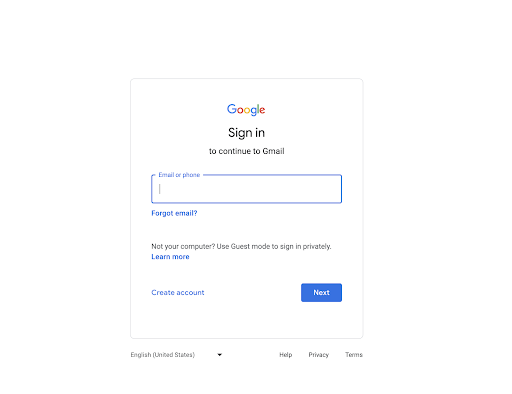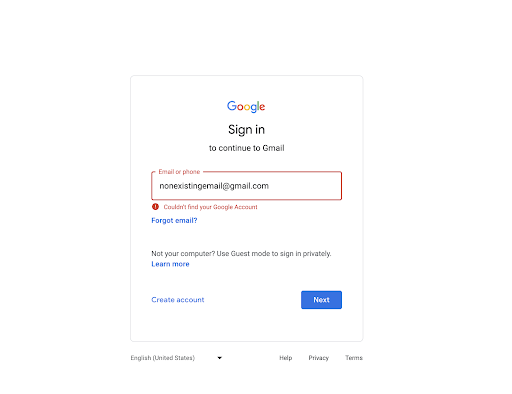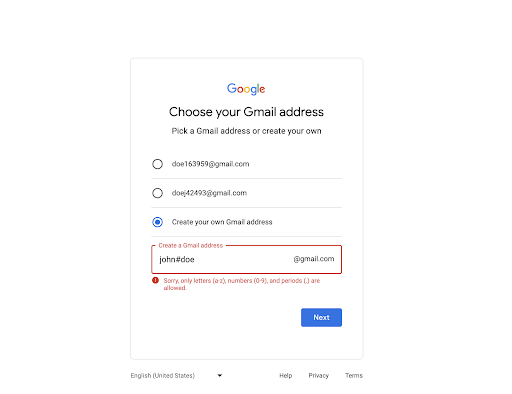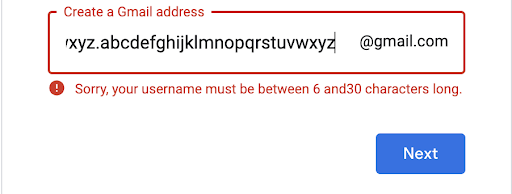Imagine you’re writing a cold email to a promising prospect — you pour your heart into it, investing an hour of effort. But when you click send, the email bounces back.
An hour and a mountain of effort wasted, all because you overlooked the importance of verifying their email address in advance.
In this guide, we’ll show you how to sidestep such a frustrating scenario. We’ll share seven straightforward methods to verify an email address without sending an email.
What does email verification mean and why is it important?
Email verification is the process of confirming the accuracy, legitimacy, and deliverability of an email address before including it in your mailing list or sending any messages to it.
It is a crucial step that helps maintain the health of your email marketing campaigns and overall communication strategy. It’s also important because it can:
1. Enhance sender reputation
Email providers monitor sender behavior to determine whether emails should be delivered to the inbox or marked as spam.
By regularly verifying your email list, you demonstrate responsible email marketing practices — which positively impact your sender reputation and increase the chances of your emails reaching your recipients’ primary inboxes.
If you don’t verify your email list and experience too many bounces, your sender reputation will take a hit and your future emails might start landing in the spam folder.
2. Reduce costs
Sending emails to invalid or non-existent addresses wastes resources and may result in increased costs, especially in pay-per-send models.
Email verification can help tackle this by trimming your list down to genuine and active recipients. This optimizes your operations and the utilization of resources, reducing marketing expenses.
3. Improve engagement rates
A clean and verified email list is made up of real humans. This increases the likelihood of engagement (such as opens and clicks).
4. Protect against fraud
If you accidentally send an email to a temporary account that’s involved in illegal or criminal activity, you can end up becoming a victim of scams, phishing attempts, and other malicious activities.
How to verify an email address without sending an email?
Here are seven ways to verify an email address without sending an email:
1. Look it up on Gmail
If you want to verify a small number of addresses, you can check them via Gmail. Simply log out of your account and go back to this screen again:

Type the email you wish to verify and click “Next”. If the email is invalid, Gmail will tell you so in red. Here’s an example:

The message ‘Couldn’t find your Google Account’ confirms that the email address does not exist.
2. Look it up on social media
Search for the email address on popular social media platforms like Facebook, LinkedIn, or Twitter. If any profiles are associated with it, they’ll pop up as results, indicating that the email address is valid and active.
However, it’s important to note that if no profiles pop up, it doesn’t necessarily mean the email address is inactive. The owner of the address might not be using it for social media accounts or may have hidden email information from the public.
3. Check the syntax
There are three parts to an email address.
The username is the local part of the email address and it identifies the person/organization that owns it. It may be a combination of letters, numbers, or special characters.

However, some email providers restrict the number or type of characters you can use in this section. For example, Gmail allows only alphabets (a-z), numbers (0-9), and periods (.) — it won’t let you create an email with any other characters.
Similarly, email providers may also restrict the length of the username one can use.

To verify an email address, you can examine the username against standard provider guidelines. If the email address uses special characters not permitted by the email provider or exceeds the allowed length, it may be invalid.
Another sign of an invalid email address is an excess of words after the ‘@’ symbol. Most email providers only allow two to three words. If there are more, the email is likely to be invalid.
4. Ping the server
To ping the server and verify an email address, open the command prompt, type “ping” followed by the email address, and press enter. If the server responds, it indicates the domain is valid.
However, a successful ping doesn’t guarantee a specific email address’s validity — it only confirms the domain’s existence.
5. Look up the IP address
Extract the IP address from the email header and run it through an online IP lookup tool. You’ll find details such as location and Internet Service Provider (ISP) associated with that email address.
If the provided information aligns with the user’s known details, it’s a strong indicator of a valid and existing email address. But if it doesn’t align with what you know, we recommend using other methods of verification for double-checking before sending an email.
Note: you can use this method only if you’ve received a message from an email address. That’s because you’ll need the email header to extract the IP address. To do that in Gmail, open the email, click on the three dots on the right, and click on “Show Original”. This will open up the email header — you want to look for the line that starts with “Received”. This is usually the second line from the top and contains the IP address of the server that sent the email.
6. Conduct a DNS lookup
A DNS lookup is the process of querying the Domain Name System to obtain information about a domain. To verify an email address via this method, just enter the domain in an online DNS lookup tool or use the command prompt. If entering the domain name returns an MX (Mail Exchange) record, the email is live and valid.
However, DNS lookup has limitations — it confirms domain configuration but doesn’t guarantee email validity. You might want to combine DNS lookup with other methods on this list.
7. Use Voila Norbert
Voila Norbert checks various factors to verify an email, including:
- Email syntax
- Domain validity
- Mail server status
With an accuracy of 98%, it’s the most reliable email verification tool currently available.
To use Norbert, simply upload your list of email addresses (via a CSV file), pay for the verification, and get a list of verified emails sorted into three categories:
- Bounces: These are invalid emails
- Risky: These emails may be fake
- Deliverables: These are valid and active emails
You can download the results on your computer and refer to them whenever you like. As for the pricing, Norbert offers a pay-as-you-go model — meaning you don’t have to deal with hefty monthly subscriptions.
For lists under 500,000, you’ve to pay 0.3 cents per email. For lists larger than that, you’ve to pay 0.1 cents per email. That’s pretty economical considering most other email verification tools cost $14 – $60 per month.
FAQs
Are email verification tools legal to use?
Yes, email verification tools are legal to use. They help ensure compliance with data protection regulations and enhance the effectiveness of email marketing.
What is the difference between address verification and enrichment?
Email address verification ensures an address is correct, while enrichment is the process of finding out additional data points about it. These include the name of the address owner, their social media profiles, and their current company and title. Norbert offers both email verification and enrichment.
What is the best tool for email address verification?
There are several reliable email verification tools, with Voila Norbert, Snov.io, Hunter, and ZeroBounce being popular choices. Norbert is 3.3 times more accurate than Snov.io and 1.3 times more accurate than Hunter, making it the best tool for email verification.
Can you verify a Gmail address?
Yes, you can verify a Gmail address. All methods listed above work with Gmail addresses.